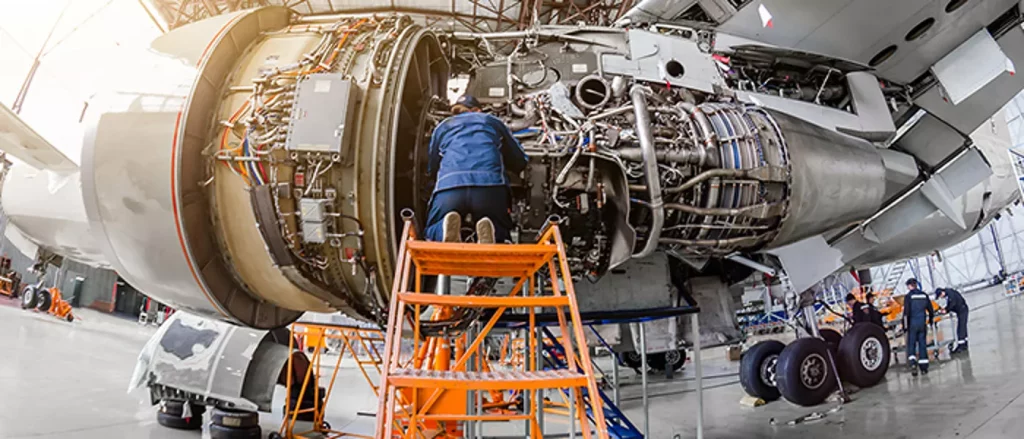Aerospace Engineering The Science of Flight

Aerospace Engineering The Science of Flight
Aerospace engineering is a branch of engineering that deals with the design, development, construction, operation, and maintenance of aircraft and spacecraft. It combines elements of aeronautical engineering (flight within the Earth’s atmosphere) and astronautical engineering (flight beyond the Earth’s atmosphere).
Key Areas of Aerospace Engineering
- Aircraft Design: The design and development of various types of aircraft, including airplanes, helicopters, and drones.
- Spacecraft Design: The design and development of spacecraft, satellites, and rockets for space exploration and communication.
- Propulsion Systems: The design and development of propulsion systems for aircraft and spacecraft, such as jet engines, rocket engines, and electric propulsion systems.
- Materials Science: The study and application of materials used in aerospace engineering, such as metals, composites, and ceramics.
- Avionics: The design and development of electronic systems used in aircraft and spacecraft, including navigation, communication, and flight control systems.
- Structural Analysis: The analysis of the structural integrity of aircraft and spacecraft to ensure their safety and reliability.
- Aerodynamics: The study of the interaction between air and moving objects, which is essential for understanding the flight characteristics of aircraft.
Aerospace Engineering Applications
Aerospace engineering has a wide range of applications, including:
- Commercial Aviation: The design and development of commercial aircraft for passenger and cargo transportation.
- Military Aviation: The design and development of military aircraft, such as fighter jets, bombers, and transport aircraft.
- Space Exploration: The design and development of spacecraft for missions to the Moon, Mars, and other celestial bodies.
- Satellite Technology: The design and development of satellites for communication, navigation, and Earth observation.
- Unmanned Aerial Vehicles (UAVs): The design and development of drones for various applications, such as surveillance, delivery, and agriculture.
Challenges and Opportunities in Aerospace Engineering
Aerospace engineering is a challenging field with many opportunities for innovation. Some of the key challenges and opportunities include:
- Sustainability: The development of more sustainable aerospace technologies to reduce environmental impact.
- Advanced Materials: The use of advanced materials to improve the performance and efficiency of aircraft and spacecraft.
- Autonomous Systems: The development of autonomous aircraft and spacecraft to reduce human error and increase efficiency.
- Space Exploration: The exploration of new frontiers in space, including missions to Mars and beyond.
Aerospace engineering is a dynamic and exciting field with a bright future. As technology continues to advance, aerospace engineers will play a vital role in shaping the world of tomorrow.

